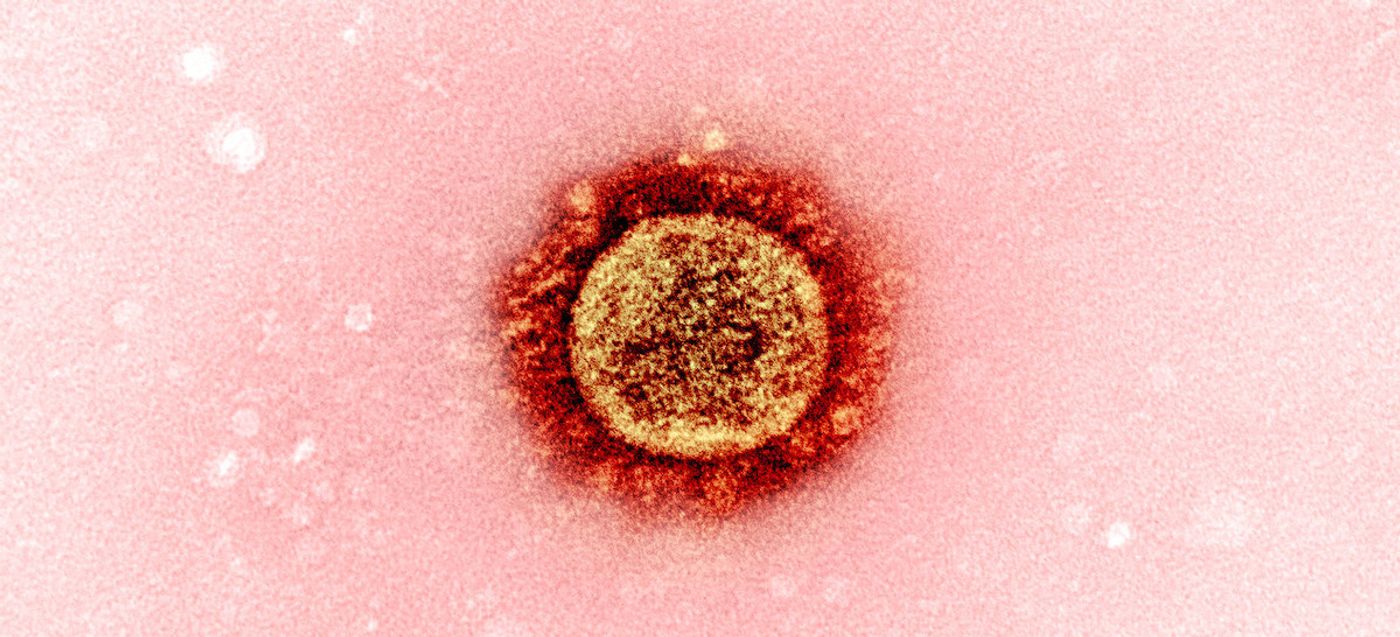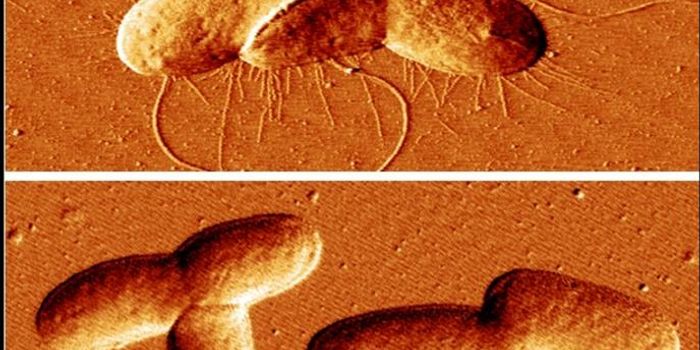The microbes of the world are constantly competing with one another. There are viruses that can infect bacteria, called bacteriophages, and bacteria have ways to defend against the phages, which some phages can evade. The CRISPR-Cas gene editing system is based on a bacterial defense system that chops up the DNA of bacteriophages. Scientists are now working on a new version of CRISPR-Cas that can cut RNA, and target RNA viruses like COVID-19. The research has been reported in Science.
The Cas enzymes can make a cut in genetic material; Cas9 and Cas12a, for example, can cut genomic DNA while Cas13 is more unusual because it cuts RNA. Another 'guide' molecule is used in the CRIPSR-Cas system to direct the cutting enzyme to where it needs to make the cut. Since the technology was created it's been used and modified to do many things. It can work as a therapeutic, a research tool, or diagnostic technique, for example.
This new system employs "one large protein in which the function of more than five small CRISPR-Cas proteins is combined. This protein cuts RNA from an invading virus at two pre-programmed sites, destroying the RNA and giving the virus its first blow," explained graduate candidate and first study author Sam van Beljouw. "In addition, the protein is very similar to a protein that is normally involved in cell death in human cells."
Van Beljouw suggested that a bacterium infected by a virus might opt for suicide when it cannot protect itself from an invading virus. Since the virus can only multiply by taking over a live bacterial cell, it can't spread further if the bacterial cell dies. If that bacterial cell is in a community, like a microbiome or biofilm, it will be protecting its neighbors that way, "sacrificing itself for the greater good," added van Beljouw.
More research will be needed to fully understand the process and how it can be applied to destroy RNA viruses. Research leader Stan Brouns of the Delft University of Technology is hopeful that it will lead to useful applications.
"We expect that this new CRISPR protein can be used as molecular precision scissors to cut RNA. We also see possibilities for converting the CRISPR protein into a kind of switch we can use to activate molecules, for example a bioactive compound, at times when they are really needed," said Brouns.
Sources: Delft University of Technology, Science









